On a cold and misty morning in Wayne, Illinois, The Meadow View Equestrian Center stands out among the cornfields. Under the gray sky is a gravel driveway that leads towards a residential home, fading brown stable and lifted dome building. By the dome, five cars sit cold from the volunteers who’d been there since 8:30 a.m. in preparation for a day’s worth of lessons.
The Center has been the new home of the Friends for Therapeutic Equine Activities (FTEA) since September 2017. A non-profit, FTEA offers group horseback riding lessons for all people who have physical, emotional, cognitive and social challenges. Therapeutic lessons work on a variety of skills taught by certified instructors as well as volunteers from the surrounding area.
Instructors are certified through Professional Association of Therapeutic Horsemanship (PATH) International, which provides safety classes and credibility through the center of Equine Assisted Activities (EAA) to ensure patrons have access and resources to all safety measures.
As I approach the older brown house, I can hear movement and talking from within. The smell of coffee and bagels are the first thing to greet anyone coming into the house, but the first person to greet me is Nancy Winkelman.
Winkelman with participants at the Meadow View Equestrian Center (Lauren Taylor, 14 East)
Winkelman and a few other colleagues worked to create FTEA as a non-profit in 1996. She became the program director in 2003 and managed the organization out of a farm in Winfield, Illinois, for 21 years before moving to the Meadow View Center. Nancy told me about her lifelong love for horseback riding and said the transition from riding as a hobby to therapeutic riding as a profession was natural.
Winkelman sits at the head of the kitchen table as her husband Jim makes a fresh pot of coffee in the adjoining kitchen. Volunteers carry styrofoam cups of coffee as they walk outside and begin to prep the horses in the stables or arrange the equipment for the day’s lessons in the indoor riding arena.
“You are not going to meet a more dedicated group of people; they put their heart and soul into it,” Winkelman said. “There are a huge number of people who stand behind here and make this program happen. The nice thing about our organization is, it draws a lot of people with different life experiences, and when we put them all together in any situation we can usually draw within the pool of supportive people.”
Winkelman walks me around the equestrian center, pointing out where equipment and food is, and she mentions that the site goes through more than 800 pounds of hay every month.
Among the rows in the stable are eight horses of all ages — mostly retired show horses, which are stirring and excited to move into the indoor riding arena.
Inside the elongated stable, five volunteers, two instructors, Winkleman and myself all gather around one horse. We all start petting her and say hello and good morning to one another. It’s brisk in the stable, which turns everyone’s breath into clouds as we converse about the day’s lessons. The volunteers make sure to have saddles, saddle pads and safety stirrups before the first set of riders show up, which will be at 10 a.m.
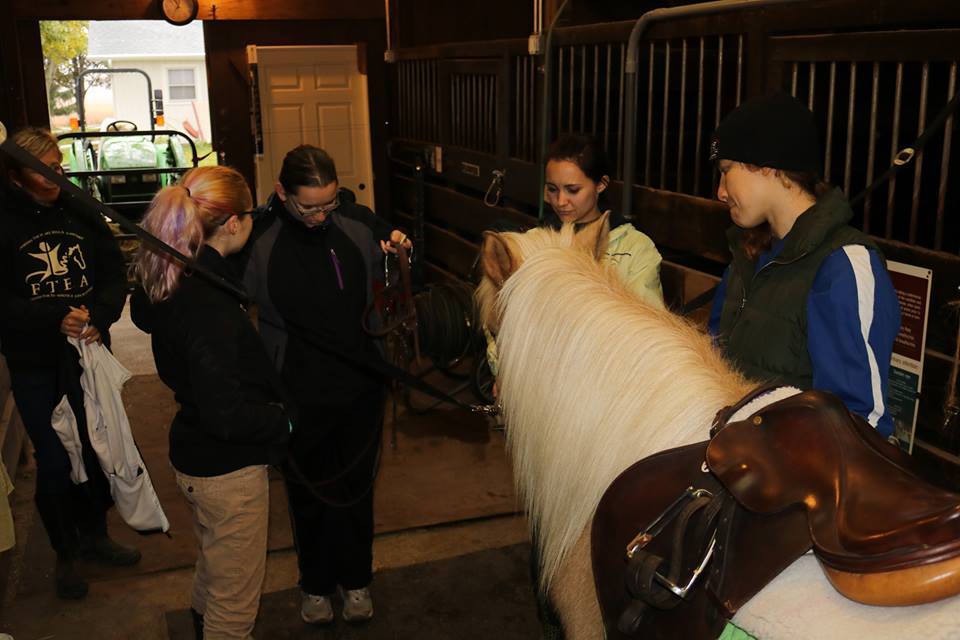
“Among the rows in the stable are eight horses of all ages — mostly retired show horses, which are stirring and excited to move into the indoor riding arena.” (Lauren Taylor, 14 East)
Gradually each volunteer leads a horse out of the stable, into the lifted dome and onto the sand of the indoor arena where trainers, volunteers, and horses take laps, warming up before the riders arrive.
Shortly after, parents and riders stroll into the dome and mingle in the designated waiting area, where riders will begin to take off winter jackets in exchange for helmets and riding gloves. One by one, participants walk up to the landing area, mount their horse and join their fellow riders.
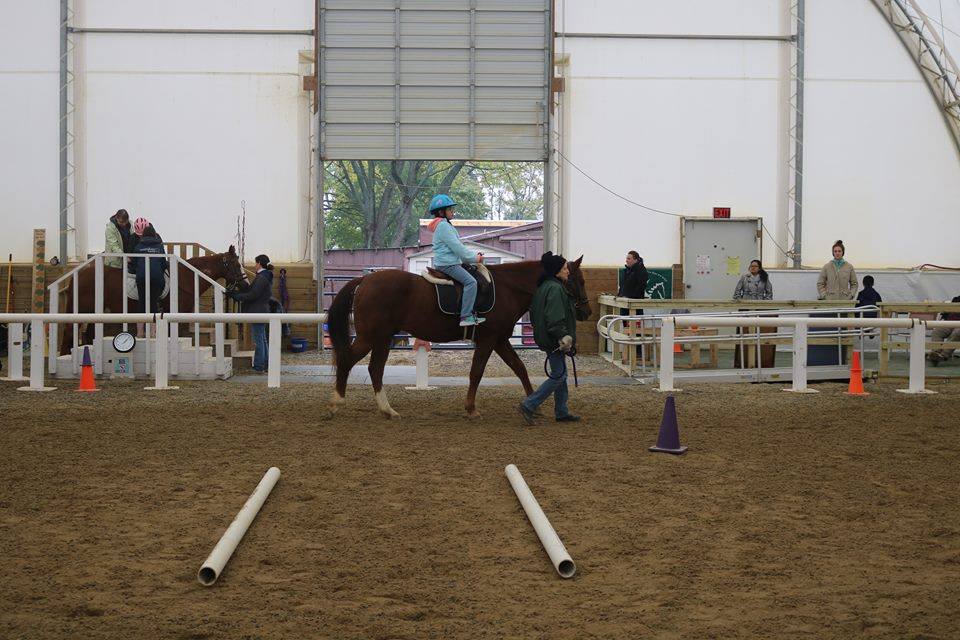
“One by one, participants walk up to the landing area, mount their horse and join their fellow riders.” (Lauren Taylor, 14 East)
Paula Miller stands near the door of the dome and keeps her eyes on her only daughter Annie, 15, as she takes laps around the indoor arena with two sidewalkers — volunteers that walk along the rider and horse for safety precaution. Miller’s hands stay in her pockets to keep warm except when she lifts up reassuring thumbs when her daughter trots past.
“When she started at three she couldn’t sit up straight and was slumped over on the horse,” said Miller.
Annie didn’t learn to walk until she was 7, and her mother credits equine therapy with being an instrumental part of her development.
Studies have shown that horseback riding rhythmically moves the rider in a manner similar to a human’s. For riders with challenges in mobility, the activity can often improve flexibility, balance and muscle strength over time.
“Under the guidance of Nancy and her husband Jim, their hearts are there, but the volunteers are exceptional too. My daughter grabs hair but the volunteers here come back every weekend to work with her,” said Miller.
Volunteers are a huge component of helping FTEA operate. At the height of the summer season, there are about 80-90 volunteers coming in during the week to assist with sidewalking, grooming horses and helping maintain the facility.
Elizabeth Pechous and Joselyn Freeman, two volunteers, say that FTEA has taught them how work with all types of people, as well as how people can succeed through horseback riding.
“I look forward to lessons with all riders,” Freeman said, “but if I have a strong connection with another rider, I really look forward to that lesson. Because then it feels like I’m hanging out with one of my friends.”
Header image by Lauren Taylor


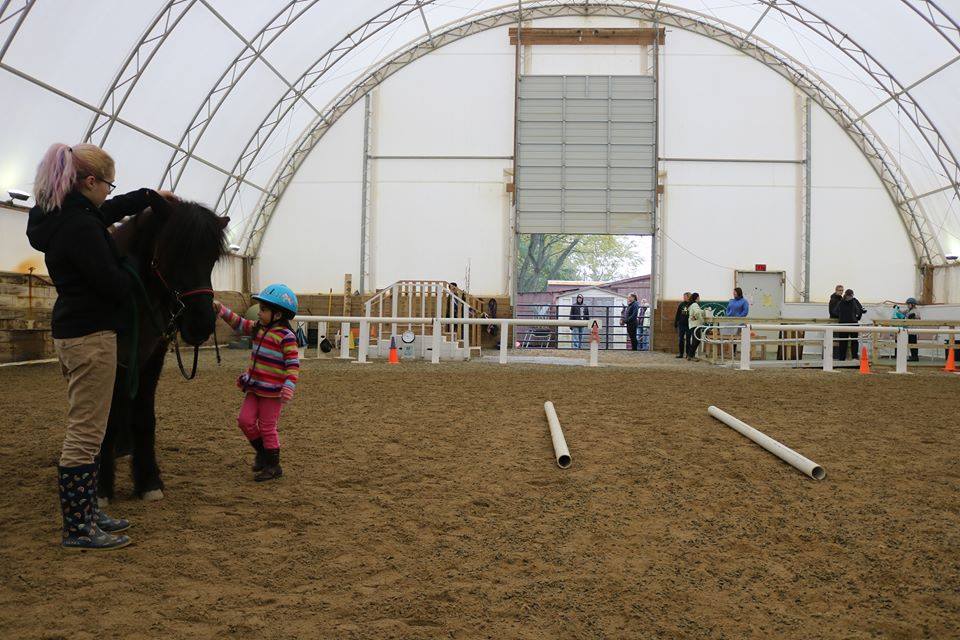
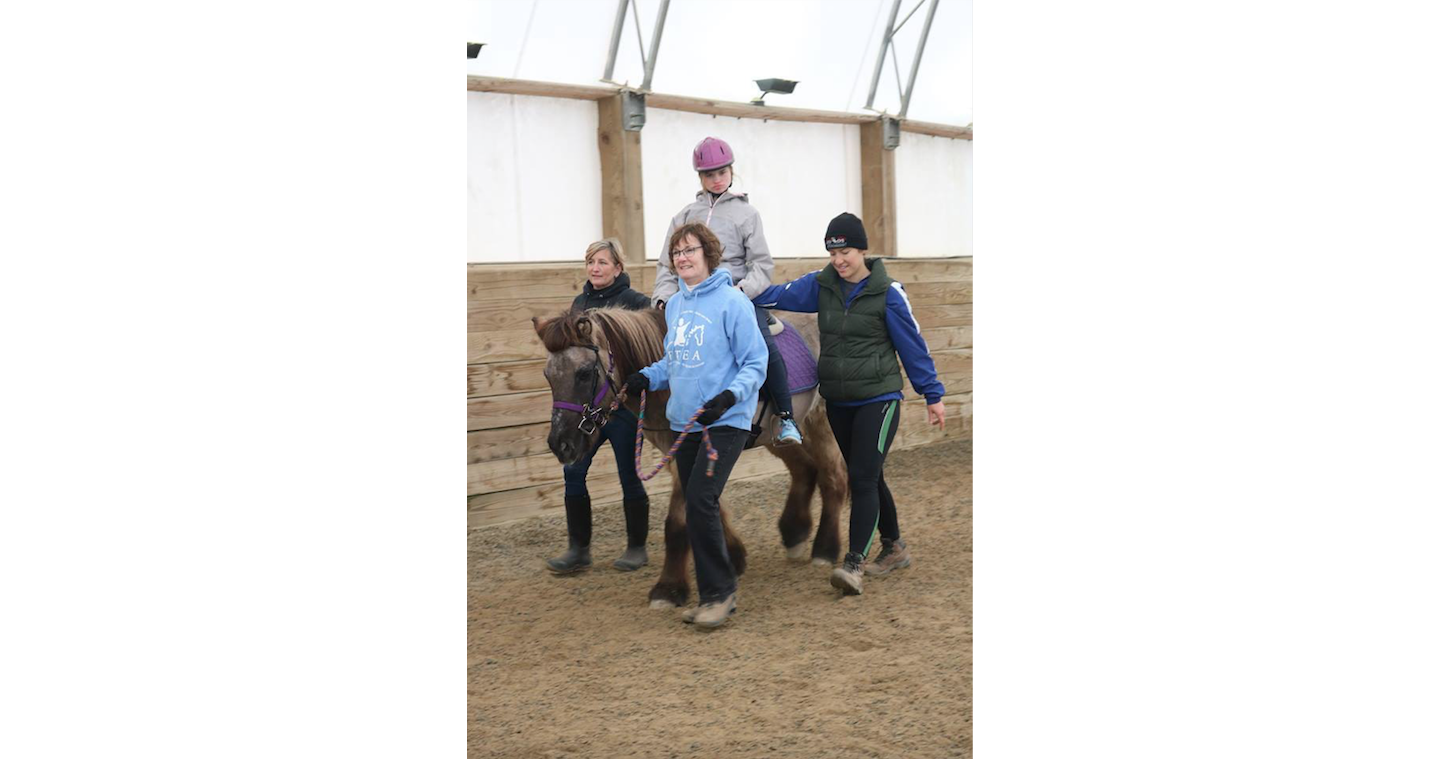
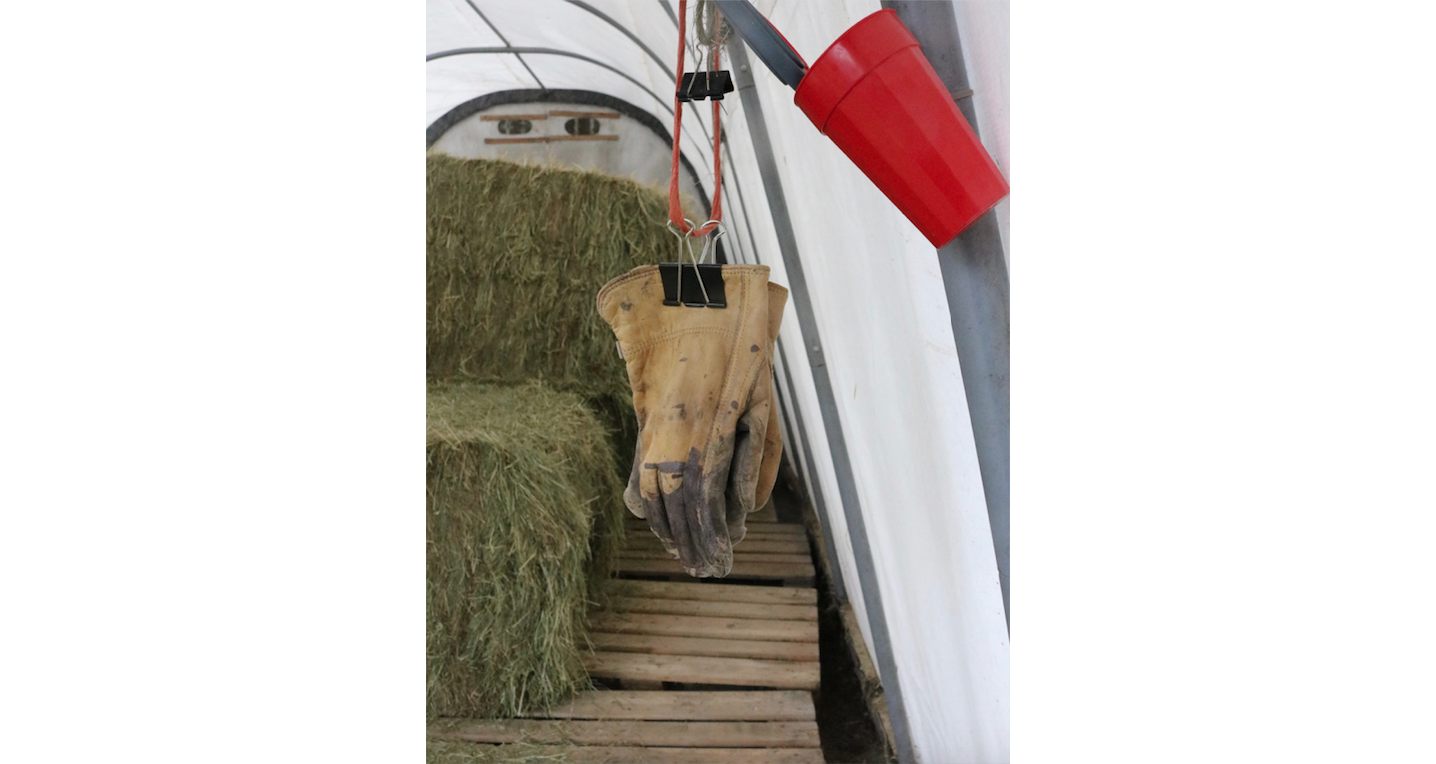
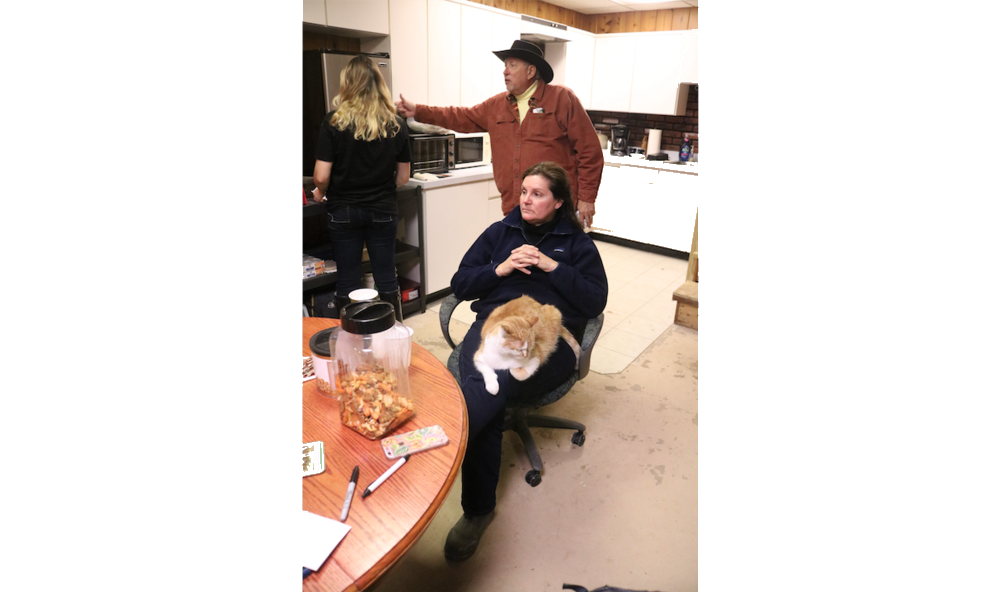

NO COMMENT